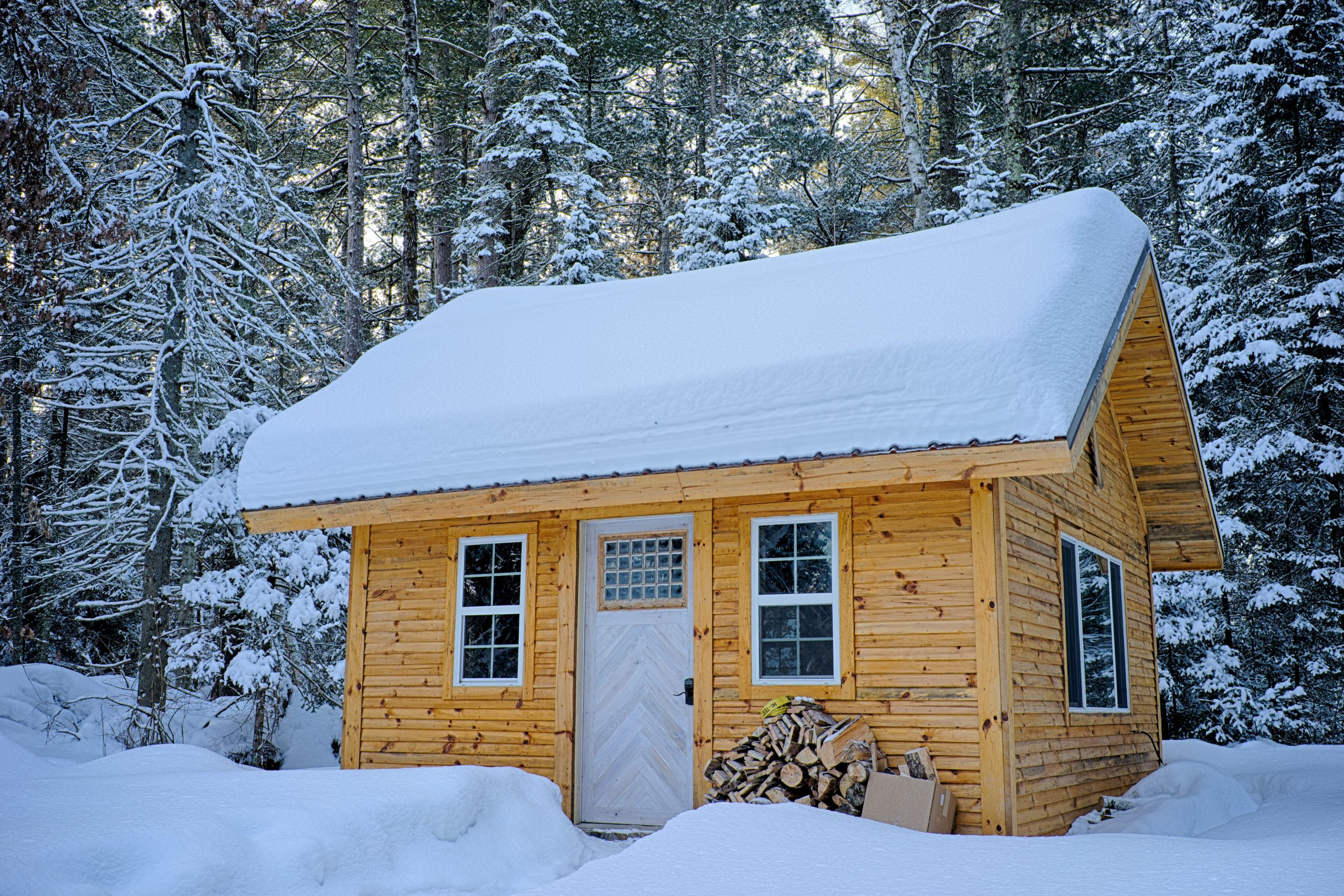As the temperatures drop, it’s time to start thinking about winterizing your home – including your furnace. A well-maintained furnace will not only keep your home warm and comfortable all winter long, but it will also improve air quality and help to prevent potentially dangerous carbon monoxide leaks. To make sure your furnace is up to the task, follow this 8-step checklist:
1. Check the Air Filter
One of the most important things you can do is to check the air filter. A dirty air filter can block airflow and cause the furnace to overheat. Replace the filter frequently every 1-3 months if you have pets or someone in your home with allergies. In addition, be sure to vacuum around the base of the furnace to remove any dust or debris that could potentially interfere with airflow.
2. Test the Thermostat
If your furnace isn’t heating evenly or doesn’t seem to be kicking on when it should, there may be an issue with the thermostat. Try testing it with a thermometer to see if it reads the temperature accurately. If not, you may need to replace the batteries or call a professional to look at them.
3. Inspect the Pilot Light
If you have a gas furnace, it will have a pilot light that needs to be lit for the furnace to operate. Inspect the pilot light to ensure it is clean and debris-free. If it has gone out, relight it following the instructions in your owner’s manual.
4. Check for Cracks or Gaps
A furnace that isn’t properly maintained can be a fire hazard and lead to high energy bills as heat escapes through cracks or gaps in the housing. To avoid these problems, it’s a good idea to have a furnace repair service come out and inspect your furnace before the winter season. They will be able to identify potential problems and make necessary repairs. By taking this precaution, you can rest assured that your furnace will be ready to keep your home warm all winter.
5. Lubricate Moving Parts
One of the most important steps in preparing your furnace for winter is lubricating all the moving parts. This will help ensure your furnace runs smoothly and efficiently all season long. It would help if you started by lubricating the motor, using a few drops of oil applied directly to the bearings. Next, lubricate the pulleys and blower wheel using a similar method. Finally, apply a light coat of oil to any other moving parts, such as the fan blades. By taking the time to lubricate your furnace now, you can help to extend its life and prevent costly repairs down the road, according to the instructions.
6. Clean the Burner Assembly
The burner assembly is one of the most important parts of your furnace, and it needs to be kept clean for the furnace to work properly. Over time, dirt and debris can build up on the burner assembly, interfering with gas flow and causing the furnace to work less efficiently. Cleaning the burner assembly is relatively simple, but it’s best to leave it to a professional if you’re not confident doing it yourself.
7. Inspect Venting System
Inspect your venting system. Make sure that all the vents are clear and unobstructed. If your vents are blocked, it can cause your furnace to overheat and break down. In extreme cases, a blocked vent can even start a fire. So, take a few minutes to walk around your home and clear any debris away from the vents.
8. Schedule Professional Maintenance
Even if you follow all of the above steps, it’s still a good idea to have a professional to inspect your furnace annually. They will be able to clean the furnace and perform necessary repairs or maintenance. By scheduling professional maintenance, you can rest assured that your furnace is in good working condition and will be ready to keep your home warm all winter.
Conclusion
Taking the time to prepare your furnace for winter will help to ensure that it runs smoothly and efficiently all season long. Be sure to vacuum around the base of the furnace, test the thermostat, inspect the pilot light, check for cracks or gaps, lubricate moving parts, and clean the burner assembly. You should also inspect your venting system and schedule professional maintenance annually. By taking these steps, you can help extend your furnace’s life and prevent costly repairs down the road.


